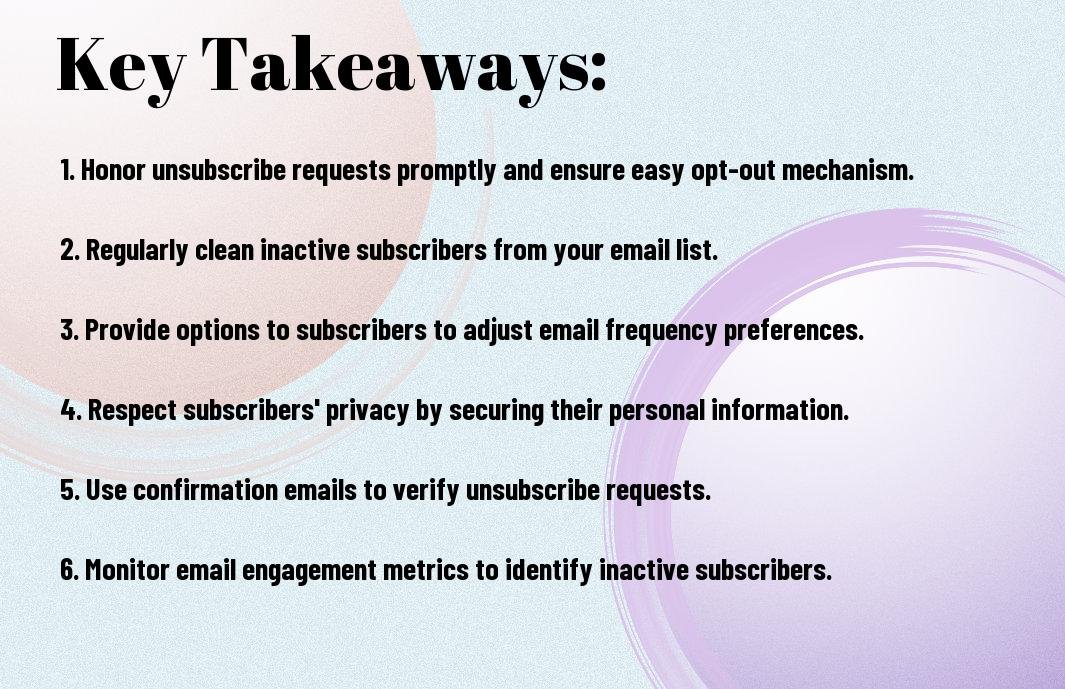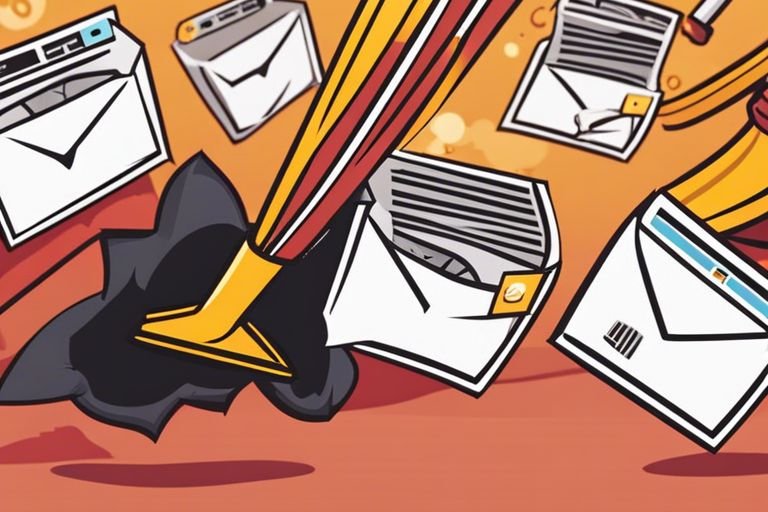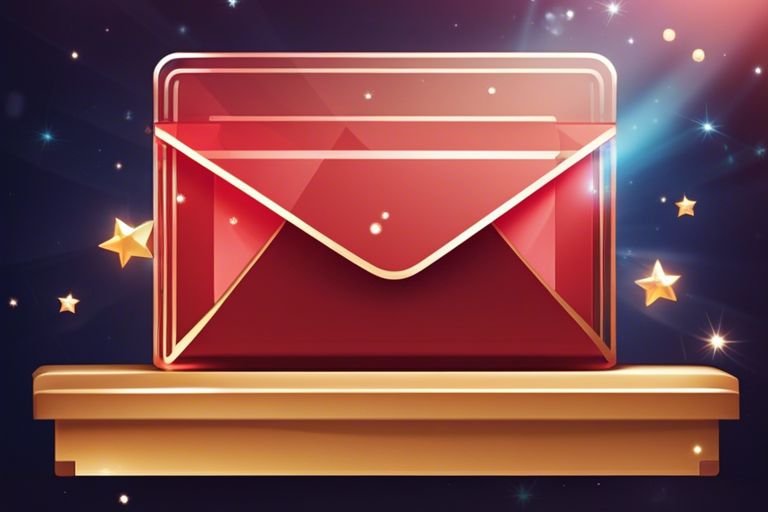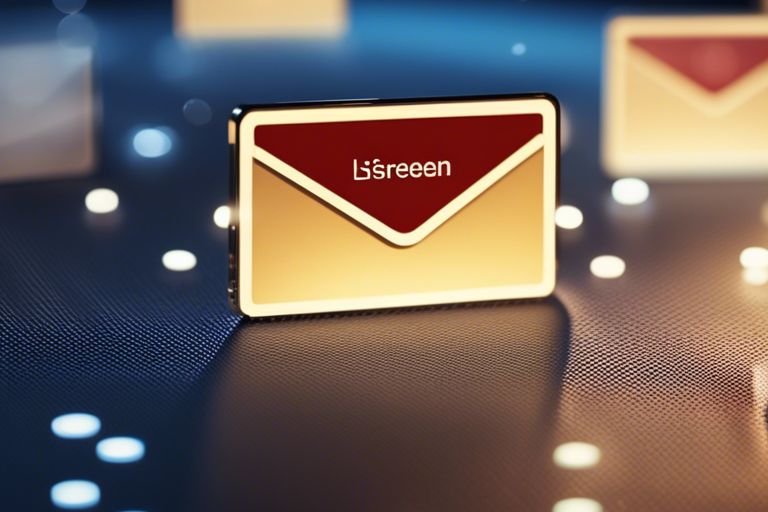Over time, managing email lists can become overwhelming, and unsubscribes are inevitable. However, how you handle these unsubscribes can have a significant impact on the health of your email list. Keeping your list clean is crucial for maintaining high deliverability rates and ensuring that your emails reach the right audience. In this blog post, we will discuss the best practices for handling unsubscribes and strategies for keeping your email list healthy and engaged.
Key Takeaways:
- Make it Easy to Unsubscribe: Provide a clear and visible way for subscribers to opt-out of your emails to maintain a positive user experience.
- Regularly Clean Your Email List: Remove inactive subscribers and invalid email addresses to improve deliverability and engagement rates.
- Segment Your List: Group subscribers based on their interests and engagement levels to send targeted and relevant content, reducing the likelihood of unsubscribes.
- Send a Confirmation Email: When a subscriber unsubscribes, send a confirmation email to confirm their decision and offer a chance to provide feedback.
- Monitor Unsubscribe Trends: Keep track of unsubscribe rates over time to identify any patterns or issues that may impact your email marketing strategy.

Understanding Unsubscribes
Any How to Clean Up Your Email List With These 5 Tips
Reasons Behind Unsubscribing
Understanding why subscribers choose to unsubscribe from your emails is crucial for maintaining a clean and engaged email list. Some common reasons behind unsubscribes include receiving too many emails, irrelevant content, or simply losing interest in the brand. By analyzing these reasons, you can tailor your email campaigns to better meet the needs and preferences of your audience.
How Unsubscribes Affect Your Email Campaigns
One of the crucial aspects of managing your email list is understanding how unsubscribes can impact your email campaigns. Affect Unsubscribes can actually have a positive impact by helping you maintain a list of engaged subscribers who are genuinely interested in your content. On the flip side, a high unsubscribe rate can signal issues with your email strategy or content quality, potentially leading to lower engagement rates and deliverability issues.

Best Practices for Handling Unsubscribes
Simplifying the Unsubscribe Process
Keep the unsubscribe process simple and hassle-free for your subscribers. Make sure that the unsubscribe link is easy to find in your emails, and that the process only takes a few clicks. By streamlining this process, you can show respect for your subscribers’ choices and maintain a positive reputation for your brand.
Learning from Unsubscribe Feedback
Handling unsubscribe feedback can provide valuable insights into your email marketing strategies. Best practices involve analyzing the reasons why subscribers choose to opt out and using this information to improve your campaigns. Understanding the reasons for unsubscribing can help you refine your content, frequency, and targeting to better meet the needs and preferences of your audience.
Learning from unsubscribe feedback can also help you identify any potential issues with your email marketing practices, such as sending too many emails, irrelevant content, or poor segmentation. By addressing these issues, you can prevent further unsubscribes and enhance the overall effectiveness of your email campaigns.

Strategies to Minimize Unsubscribes
Segmenting Your Email List
Not all subscribers are the same, and sending generic emails to your entire list can lead to a higher unsubscribe rate. An effective way to minimize unsubscribes is by segmenting your email list based on demographics, purchase history, or engagement levels. By sending targeted and personalized content to specific groups of subscribers, you can increase engagement and reduce the likelihood of people opting out of your emails.
Crafting Engaging Content
Unsubscribes can be minimized by creating engaging content that resonates with your audience. Tailor your emails to provide value to the reader, whether it’s through informative articles, exclusive offers, or entertaining stories. Hook your subscribers from the subject line and keep them interested throughout the email to decrease the chances of them clicking ‘unsubscribe’.
For instance, providing relevant and timely content that addresses the needs and interests of your subscribers can increase engagement and decrease the likelihood of them unsubscribing. By understanding your audience and consistently delivering valuable content, you can build a loyal subscriber base that is less likely to opt out of your emails.

Maintaining a Clean Email List
List Hygiene
Once again, maintaining a clean email list is crucial for effective email marketing campaigns. Regular list hygiene is necessary to ensure that your subscribers are engaged and interested in your content. Removing inactive or unengaged subscribers will not only improve your open and click-through rates but also help prevent your emails from being marked as spam.
Re-engagement Campaigns
With re-engagement campaigns, you have the opportunity to win back dormant subscribers and rekindle their interest in your brand. These campaigns involve sending targeted emails to subscribers who have not engaged with your emails for a certain period. By offering enticing incentives or personalized content, you can encourage them to re-engage with your emails and prevent them from being classified as inactive.
Regularly monitoring your email list for inactive subscribers and implementing re-engagement campaigns can help you maintain a clean and responsive email list. Recall, a smaller list of engaged subscribers is far more valuable than a larger list that includes inactive or uninterested contacts.
Final Words
Hence, managing unsubscribes and keeping your email list clean is crucial for maintaining a healthy sender reputation and ensuring your emails reach the right audience. By offering clear unsubscribe options, regularly cleaning out inactive or unengaged subscribers, and respecting your recipients’ wishes, you can build a strong and engaged subscriber base. Bear in mind, quality always trumps quantity when it comes to email marketing success. So, prioritize keeping your list clean and focused on active subscribers who are genuinely interested in your content. Your email campaigns will benefit from higher open rates, click-through rates, and overall engagement by following these best practices in handling unsubscribes.
FAQ
Q: Why is it important to handle unsubscribes and keep your email list clean?
A: It is crucial to maintain a clean email list to ensure that your communications are targeted, relevant, and compliant with regulations such as GDPR. Unsubscribes also help to improve your email deliverability and open rates.
Q: What is the best way to handle unsubscribes?
A: The best way to handle unsubscribes is to make the process easy and straightforward for the user. Include an unsubscribe link in every email, honor unsubscribe requests promptly, and provide an option for users to update their preferences instead of unsubscribing completely.
Q: How can I keep my email list clean?
A: To keep your email list clean, regularly remove inactive subscribers, promptly process unsubscribe requests, use double opt-in to verify new subscribers, and regularly clean up any bounced or undeliverable email addresses.
Q: What are the consequences of not managing unsubscribes and maintaining a clean email list?
A: Failing to manage unsubscribes and keep your list clean can result in lower engagement rates, a higher likelihood of your emails being marked as spam, and potential legal repercussions for violating data protection regulations.
How should I handle re-engagement campaigns for inactive subscribers?
A: When running re-engagement campaigns for inactive subscribers, make sure to offer valuable content, incentives, and an easy way for subscribers to opt back in or update their preferences. Monitor the results closely and consider removing subscribers who do not re-engage after multiple attempts.
Recent Posts
Affiliate Offer Goldmine: How I Find Profitable Affiliate Offers
Affiliate marketing can be overwhelming if you rely on guesswork or follow generic advice. I've discovered that most beginners waste time promoting overcrowded, untested, or unprofitable offers. In...
As an affiliate marketer, you know how crucial it is to create engaging and effective blog posts that drive traffic and generate sales. But coming up with fresh and profitable ideas can be a...

